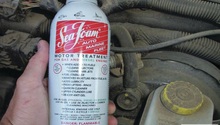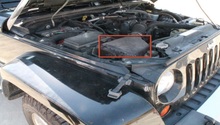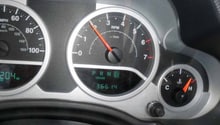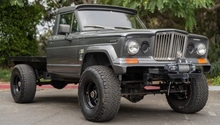Jeep Wrangler JK: Fuel System Diagnostic
The fuel system is one of the three main systems that make your Jeep Wrangler run. Learn how to diagnose it here.
This article applies to the Jeep Wrangler JK (2007-Present).
The fuel system, along with your electrical system and your intake system, helps make your engine run. In the Jeep Wrangler, there are a few things that can go wrong with the fuel system that will result in a lack of acceleration, stuttering, or sometimes a non-starting condition. Although the fuel has dangerous fumes, diagnosing the fuel system is not too hard. This guide will shine some light on the common issues that your fuel system can face. It will also show you the necessary steps you need to do to get your Jeep Wrangler back to being the beast that it is. Read on to diagnose your fuel system.

Materials Needed
- Flashlight
- Screwdriver
Step 1 – Check for leaks
Your fuel system could be leaking.
If you smell gas, then you may be experiencing a leak. Use your flashlight and slide under your Jeep. Check your fuel tank for any signs of wetness. Also, check all the lines coming out of the fuel tank. If you see any signs of wetness, wears, or cracks, you will have to replace them. Follow the fuel lines to the front of the car, and try to spot any signs of fuel around them. Then, finally, check under your hood by your fuel injectors; they all have rubber O-rings, and overtime these O-rings crack and can cause a leak.

If you don't spot any leaks, proceed to Step 2.
Step 2 – Check fuel filter
It could be clogged.
A clogged fuel filter will cause your Jeep to hesitate when you step on the gas. The Wrangler JK is equipped with two fuel filters; they are not designed to be replaced often; however, sometimes a bad batch of gas can cause it to get clogged. The first fuel filter is located at the bottom of the fuel pump (inside the tank), and the second one is inside the pump itself. To replace it, you will have to drop the whole fuel tank and replace it. Check your engine codes to see if it's faulty.
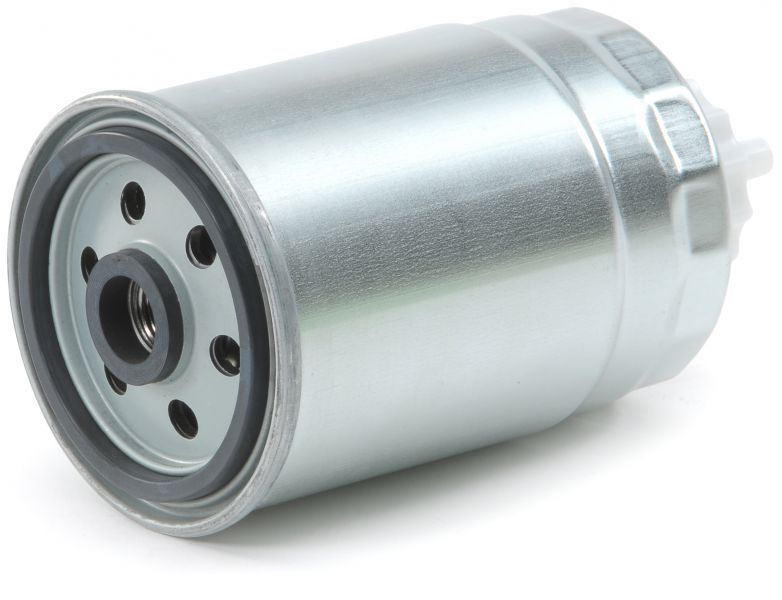
If the fuel filter is not clogged, proceed to Step 3.
Step 3 – Check fuel pump
It could be faulty.
The fuel pump can go bad, and when it does, it can cause a series of symptoms. If you're driving at a faster speed and your car sputters out of no where, that's a bad fuel pump. A very bad fuel pump will cause your car to not start. The first thing you should do is to check the engine codes, this will make your life much easier. If your fuel pump is indeed faulty, you will have to drop the tank. To do so, you will have to remove a series of fuel lines that are connected to your tank, remove two brackets that hold it in place, drop the tank of a jack, and replace the pump from the top of the tank. It's always recommended you drain the tank from any fuel first.
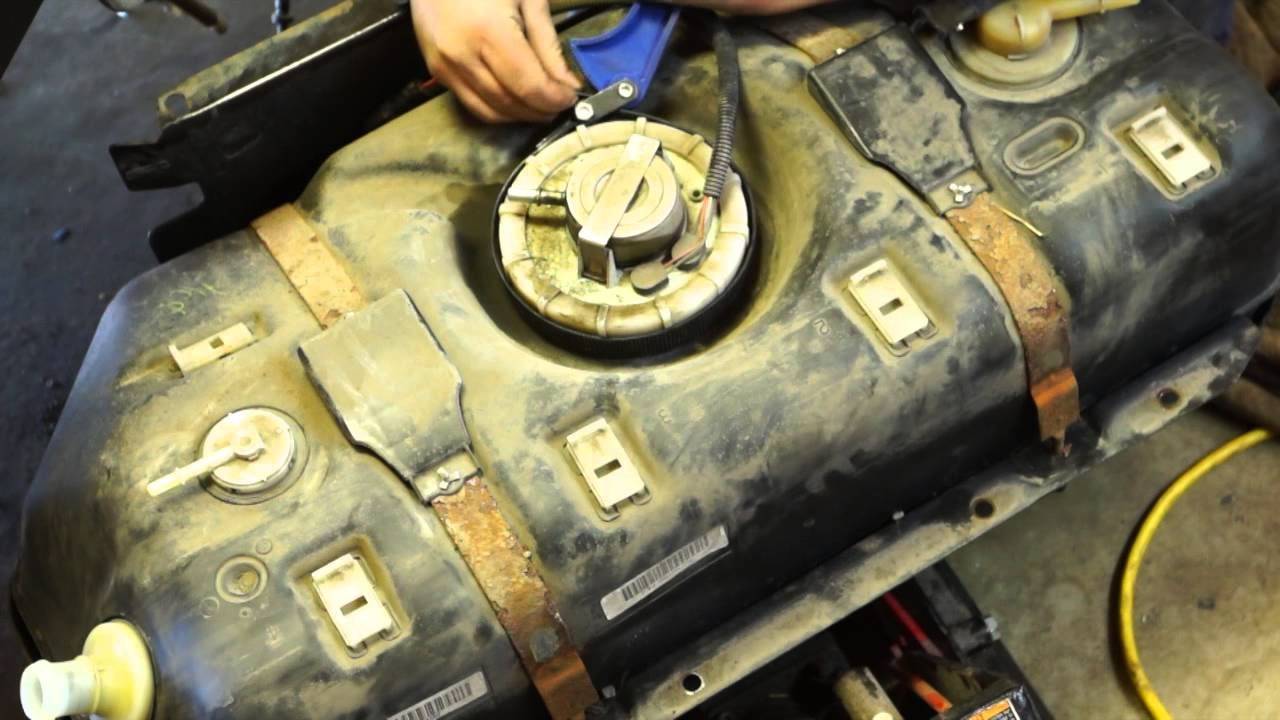
If the fuel pump is working properly, move on to Step 4.
Step 4 – Check fuel injectors
They could be faulty.
A bad fuel injector can cause a misfire in your Jeep Wrangler. Besides the fact that their O-rings can wear and leak, the injectors can go bad. Touch the tip of your long screwdriver to the fuel injector, then get your ear to touch the screwdriver, tab the screwdriver and listen for clicking sound. If you hear a clicking noise, that means your fuel injector probably works properly. Repeat this on all injectors to spot the bad one.
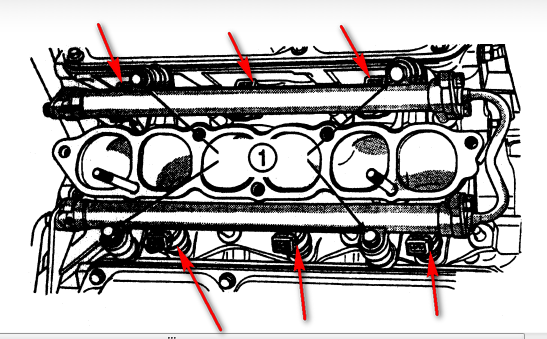
Related Discussions
- Fuel Pump Issues - JK-Forum.com
- Fuel Injectors Problems - JK-Forum.com
- Fuel Overflow Issues - JK-Forum.com


